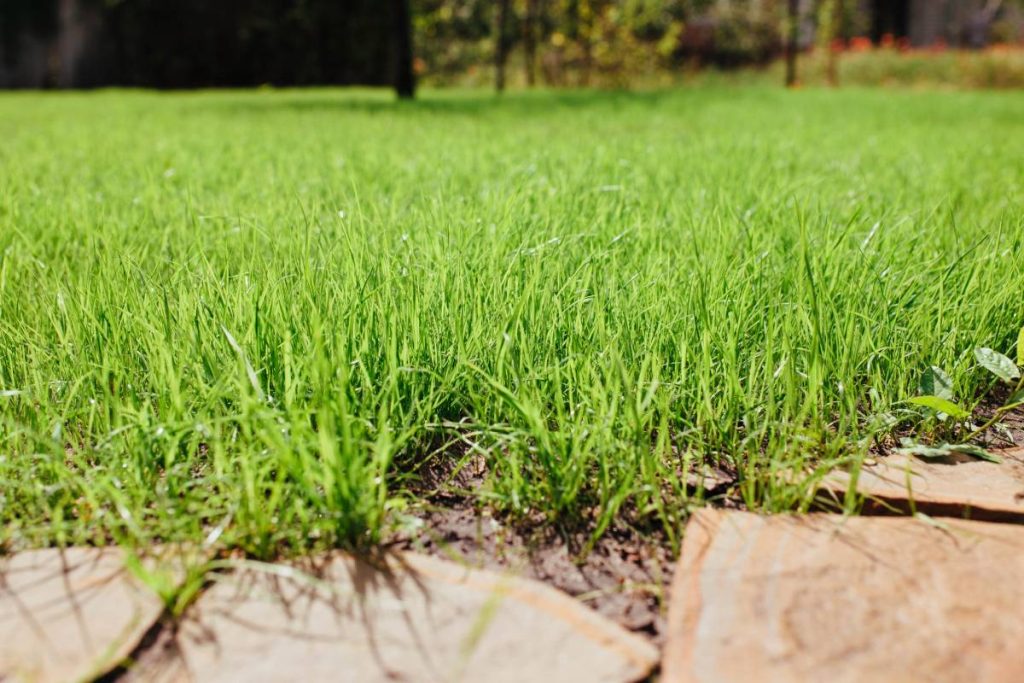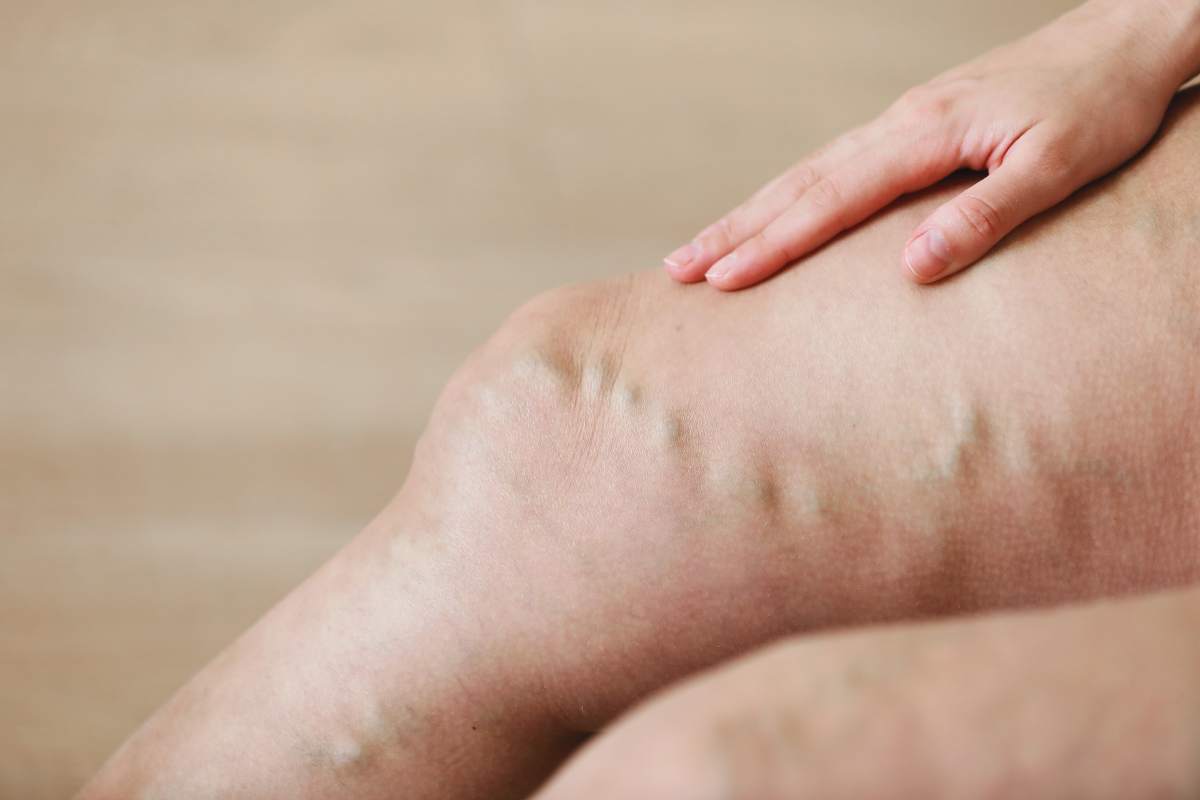
Varicose veins are a common medical condition affecting millions of people worldwide. Characterized by enlarged, twisted veins that often appear dark purple or blue, varicose veins primarily affect the legs and feet due to the pressure from standing and walking.
While they are often viewed as a cosmetic concern, they can lead to discomfort and more serious health problems if left untreated.
In this article, we will explore the causes of varicose veins, risk factors, symptoms, and available treatment options, including lifestyle changes, medical interventions, and surgical procedures.
You might also read:
What is Varicose Veins?
Veins are responsible for returning deoxygenated blood from various parts of the body back to the heart. To do this efficiently, veins contain one-way valves that prevent blood from flowing backwards. Varicose veins develop when these valves weaken or fail, causing blood to pool in the veins rather than flow upward toward the heart. Over time, this pooled blood increases pressure within the veins, causing them to enlarge and twist.
Varicose veins are most commonly found in the legs due to the higher pressure from standing and walking. The condition is often confused with spider veins, which are smaller and closer to the skin’s surface. While spider veins are typically harmless and primarily a cosmetic concern, varicose veins can cause discomfort and lead to complications.
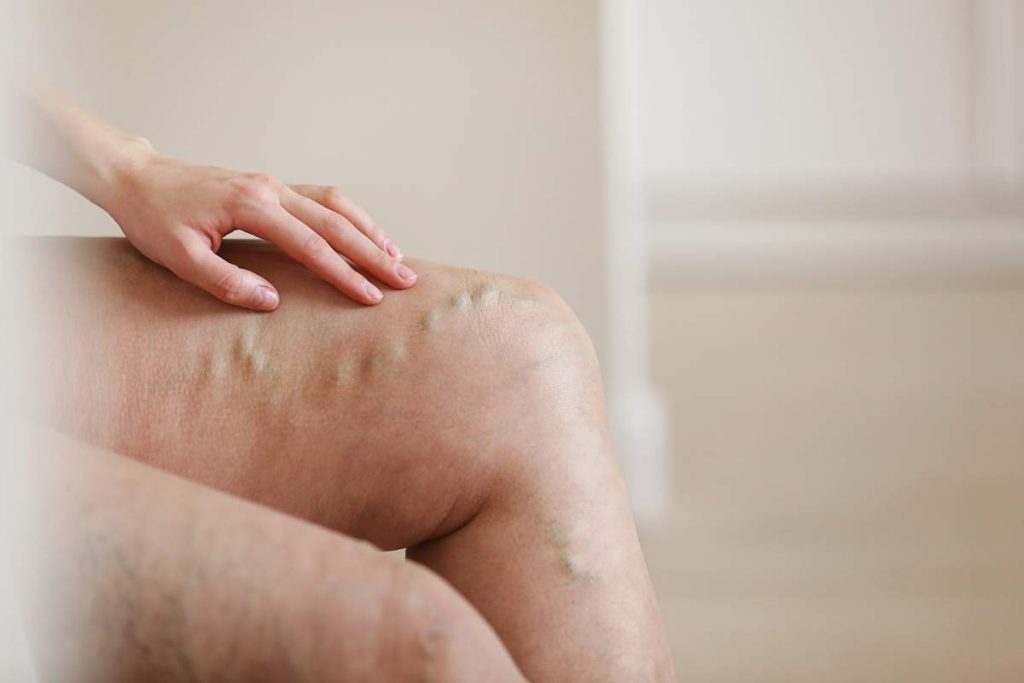
Causes of Varicose Veins
Several factors contribute to the development of varicose veins, ranging from genetic predisposition to lifestyle habits. The following are the most common causes:
- Weak or Damaged Valves: The primary cause of varicose veins is faulty valves within the veins. When these valves fail, blood flows backwards and pools in the veins, leading to varicosity.
- Age: As people age, the natural wear and tear on the veins can weaken the valves. This is why varicose veins are more common in older individuals.
- Gender: Women are more likely to develop varicose veins than men due to hormonal fluctuations. Pregnancy, menstruation, and menopause can all increase the risk because hormones tend to relax vein walls, making them more prone to varicosity.
- Pregnancy: The volume of blood in the body increases during pregnancy to support the growing fetus. This can put extra pressure on the veins, particularly in the legs, and lead to varicose veins. Although pregnancy-related varicose veins often improve after childbirth, they may persist or worsen in subsequent pregnancies.
- Obesity: Excess body weight increases pressure on the veins, making it harder for the blood to flow back to the heart. This added pressure can weaken vein walls and valves over time, contributing to varicose veins.
- Prolonged Standing or Sitting: Occupations that require long periods of standing or sitting can contribute to varicose veins. When muscles are not contracting to help pump blood, it can pool in the legs, increasing the likelihood of developing varicose veins.
- Family History: Genetics play a significant role in the development of varicose veins. If you have a close family member with the condition, you are more likely to develop it as well.
- Injury or Trauma to the Legs: Any injury to the legs can damage the veins and lead to varicosity, particularly if the valves are affected.
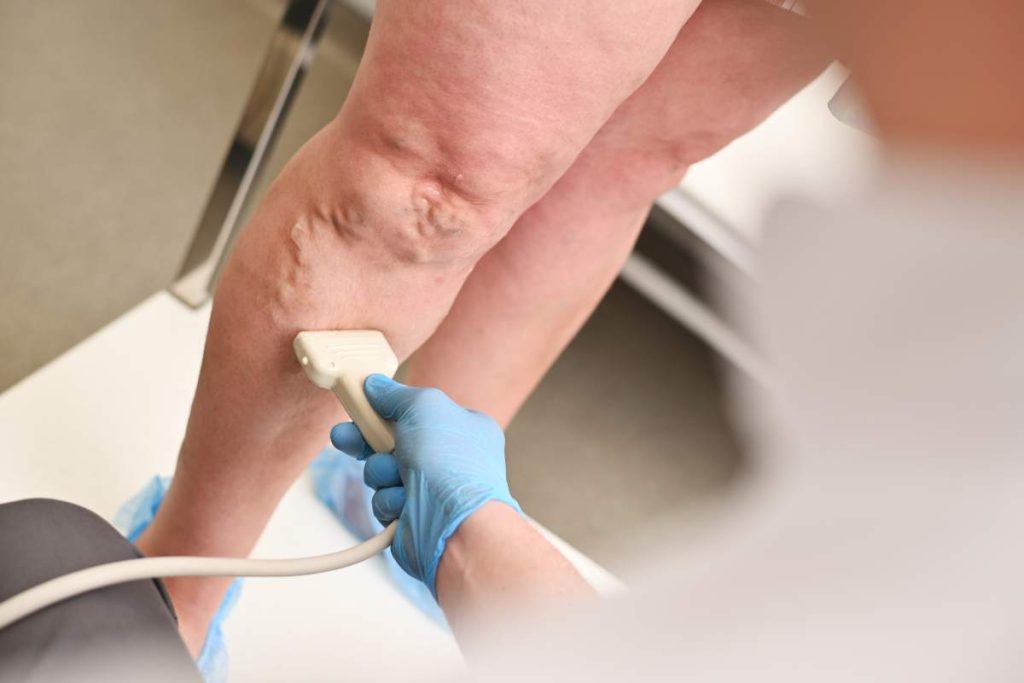
Symptoms of Varicose Veins
The appearance of varicose veins is usually the most obvious sign, but other symptoms may accompany them. Common symptoms include:
- Aching or Throbbing Pain: Many individuals with varicose veins experience a dull ache or throbbing sensation, particularly after standing or sitting for long periods.
- Swelling in the Legs and Ankles: Fluid buildup around varicose veins can cause noticeable swelling, especially toward the end of the day.
- Itching or Irritation: Varicose veins can cause the skin around them to become dry and itchy. In some cases, this may lead to inflammation or even skin ulcers.
- Heavy or Tired Legs: A common symptom is a feeling of heaviness or fatigue in the legs, particularly after standing or walking for extended periods.
- Discolouration and Skin Changes: In more severe cases, the skin surrounding varicose veins can become discoloured, hard, or inflamed. This may lead to complications such as ulcers or bleeding.
Complications of Untreated Varicose Veins
While varicose veins are often seen as a cosmetic issue, they can lead to serious complications if not addressed. Some potential complications include:
- Venous Ulcers: Prolonged pressure in the veins can cause sores, or ulcers, to develop, especially near the ankles. These ulcers are slow to heal and may become infected if not treated.
- Blood Clots: Varicose veins can increase the risk of developing deep vein thrombosis (DVT), a potentially life-threatening condition in which a blood clot forms in a deep vein. If the clot travels to the lungs, it can cause a pulmonary embolism.
- Bleeding: The veins close to the skin surface may burst, causing minor bleeding. Although this bleeding is usually not severe, it can be difficult to stop and may require medical attention.

Treatment Options for Varicose Veins
Fortunately, there are a variety of treatment options available for varicose veins, ranging from lifestyle changes to medical procedures. The treatment approach depends on the severity of the condition and the patient’s overall health.
1. Lifestyle Changes
In the early stages of varicose veins, lifestyle modifications can help alleviate symptoms and prevent the condition from worsening:
- Exercise Regularly: Physical activity, especially walking, swimming, or cycling, can improve blood circulation in the legs and reduce pressure on the veins.
- Maintain a Healthy Weight: Weight management is crucial for minimizing pressure on the leg veins.
- Elevate the Legs: Elevating your legs whenever possible helps reduce swelling and encourages blood flow back toward the heart.
- Avoid Prolonged Sitting or Standing: Regular movement and taking breaks to walk around can reduce pressure on the veins.
- Wear Compression Stockings: Compression stockings are a simple, non-invasive option that helps improve blood flow and relieve symptoms such as swelling and discomfort. They work by applying consistent pressure to the legs, helping blood flow back to the heart more efficiently.
2. Medical Treatments
If lifestyle changes are not sufficient to manage the condition, medical treatment may be necessary. Common medical treatments include:
- Sclerotherapy: Sclerotherapy is a minimally invasive procedure where a solution is injected into the varicose vein, causing it to collapse and eventually fade away. This is often used for smaller veins and spider veins.
- Laser Treatment: Laser therapy uses light energy to target and close off small varicose veins, causing them to gradually disappear. This is a non-invasive treatment that doesn’t require incisions or needles.
- Radiofrequency Ablation (RFA): RFA uses heat generated by radiofrequency energy to close off the affected vein. A small catheter is inserted into the vein, and the heat causes the vein walls to collapse and seal shut.
- Endovenous Laser Therapy (EVLT): Similar to RFA, EVLT uses laser energy to heat and close off varicose veins. This procedure is effective for treating larger veins and is performed under local anaesthesia.
3. Surgical Treatments
For more severe cases of varicose veins, surgical intervention may be necessary:
- Vein Stripping: Vein stripping involves removing the affected vein through small incisions in the leg. It is typically reserved for larger veins and may require general anaesthesia.
- Ambulatory Phlebectomy: This procedure involves making small incisions to remove varicose veins close to the surface of the skin. It is performed under local anaesthesia and is often used for medium-sized veins.
- Vein Ligation: In vein ligation, the affected vein is tied off, and blood is rerouted to healthier veins. This procedure is less invasive than vein stripping and can be done on an outpatient basis.
Prevention of Varicose Veins
While it may not be possible to completely prevent varicose veins, certain measures can reduce the risk of developing them:
- Exercise Regularly: Regular physical activity helps improve circulation and strengthen leg muscles, which supports healthy vein function.
- Wear Compression Stockings: Especially for individuals with a family history of varicose veins or those who stand for long periods, compression stockings can help prevent the condition.
- Elevate Your Legs: Taking breaks to elevate your legs during the day can promote better blood flow and relieve pressure.
- Avoid Tight Clothing: Tight clothing, particularly around the waist, legs, and groin, can restrict blood flow and contribute to varicose veins.
Conclusion
Varicose veins are a common condition that can range from a simple cosmetic concern to a source of discomfort and potential health complications. By understanding the causes, symptoms, and available treatment options, individuals can take proactive steps to manage or prevent them.
Lifestyle changes—such as regular exercise, maintaining a healthy weight, and wearing compression stockings—can provide significant relief, while medical treatments and surgical options are available for more severe cases. If you suspect you have varicose veins, it is essential to consult with a qualified healthcare professional to determine the best course of action for your specific situation.
Recent Posts
Recent Comments

Varicose Veins: Causes and Treatment
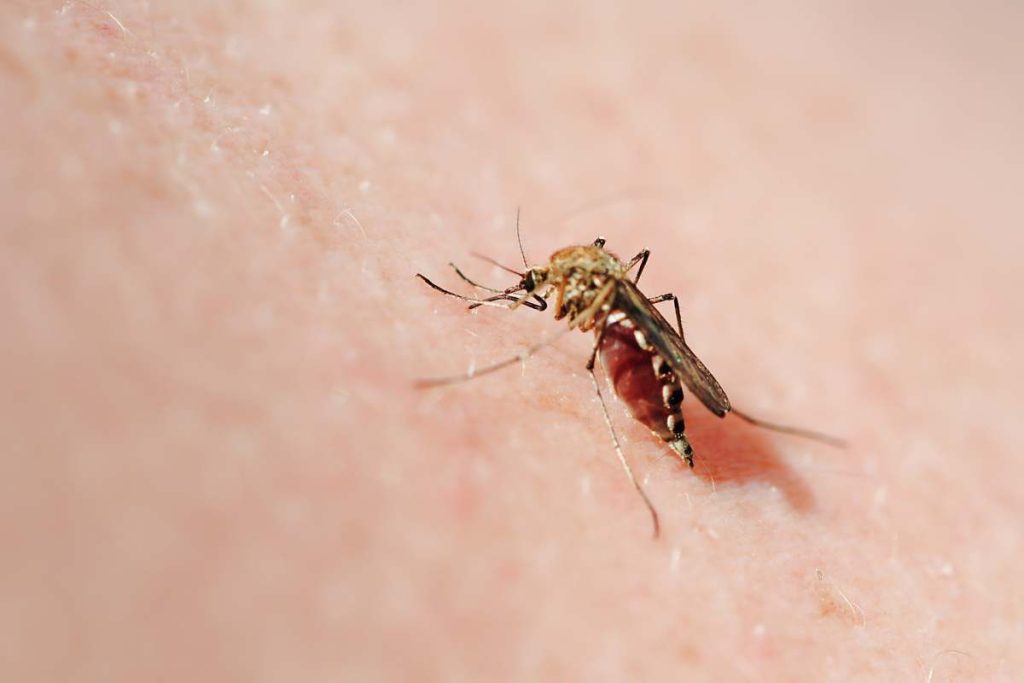
Why Do Mosquitos Bite at Night? Are All Mosquitos Dangerous? Which One is the Most Dangerous?
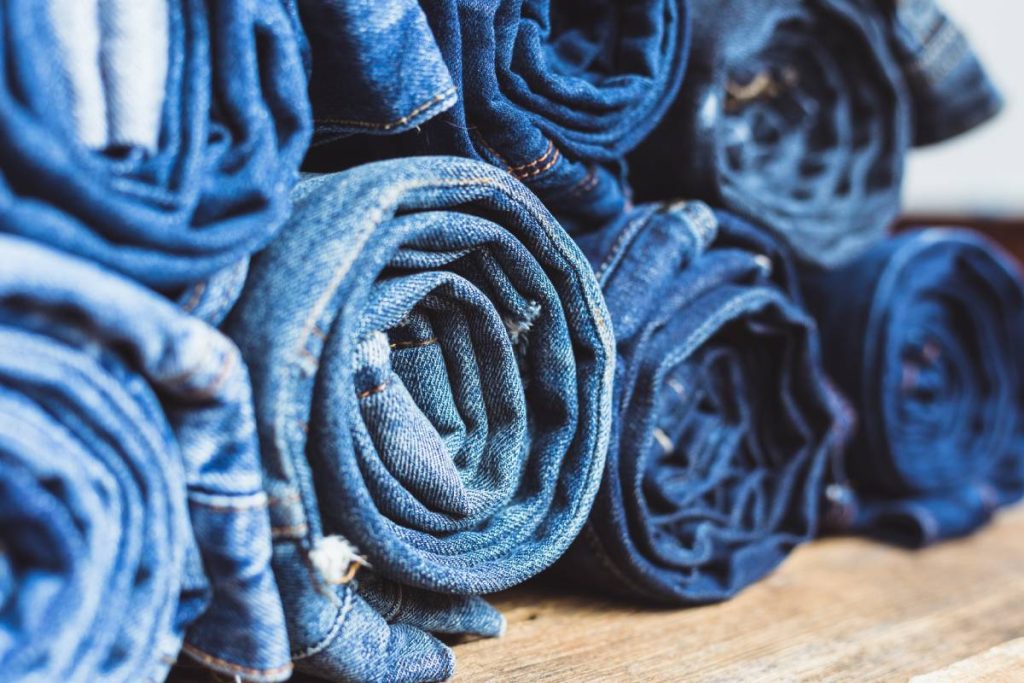
History of Denim and Jeans: What Makes Jeans and Denims Popular Throughout History?
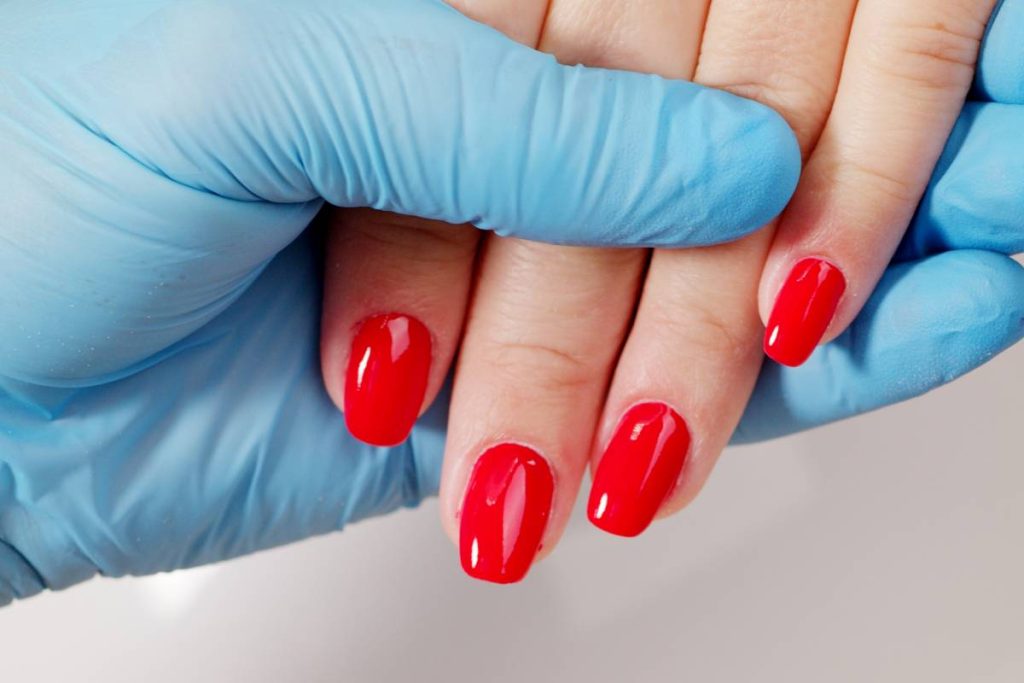
How do I know if my nails are healthy or unhealthy? What are the 5 common nail problems? How can I make my nails healthier?
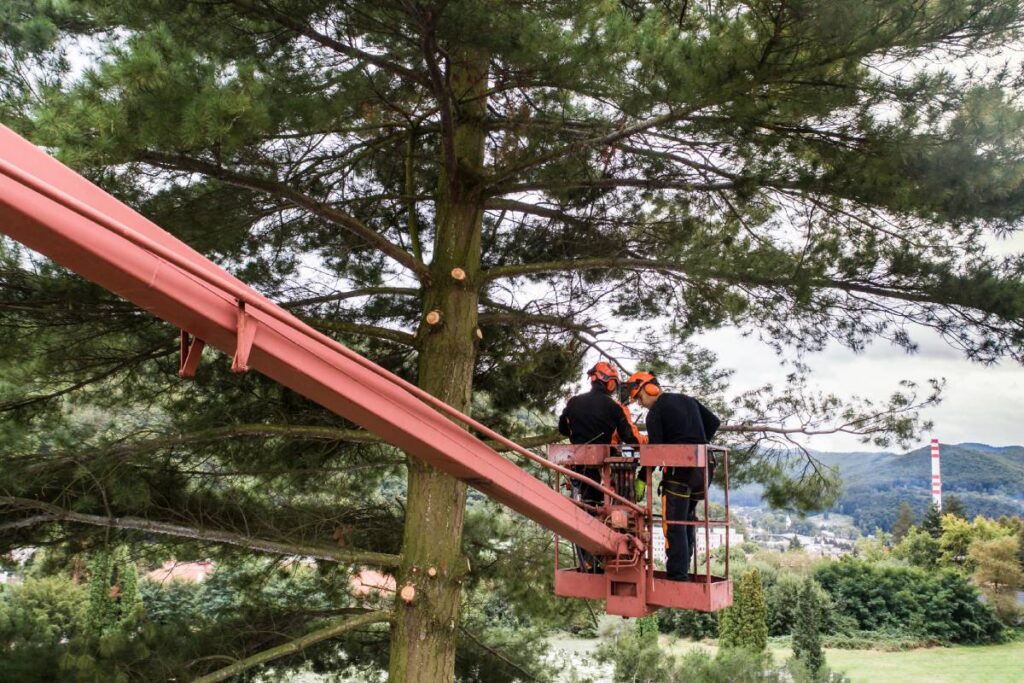
What Are Tree Reductions? What Are the Benefits of Tree Reduction?
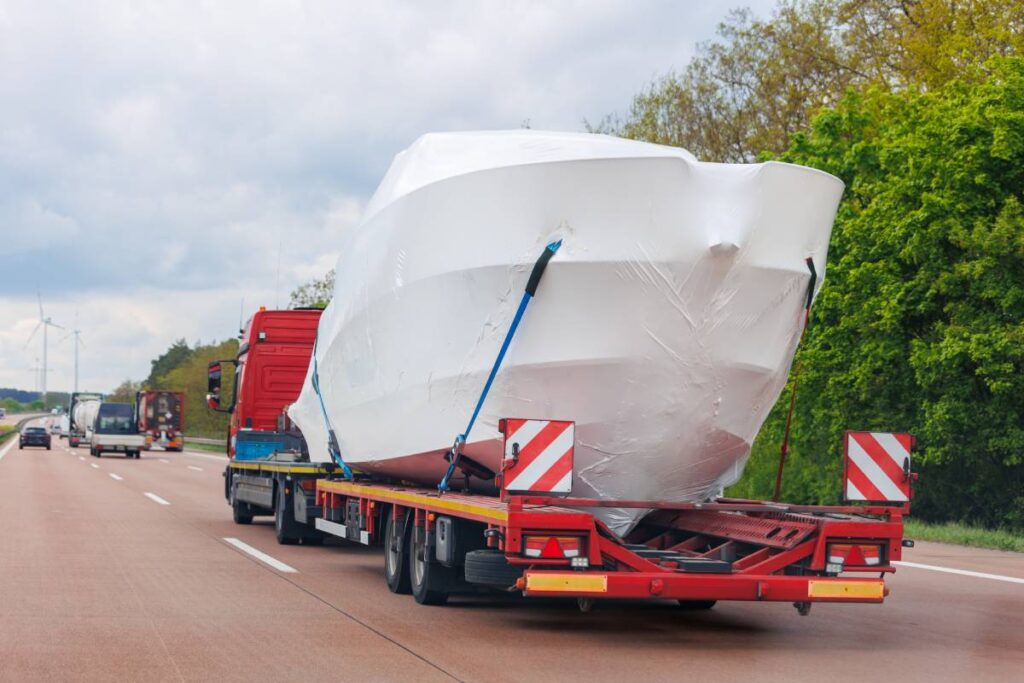
Can You Transport Your Yacht Interstate Yourself?
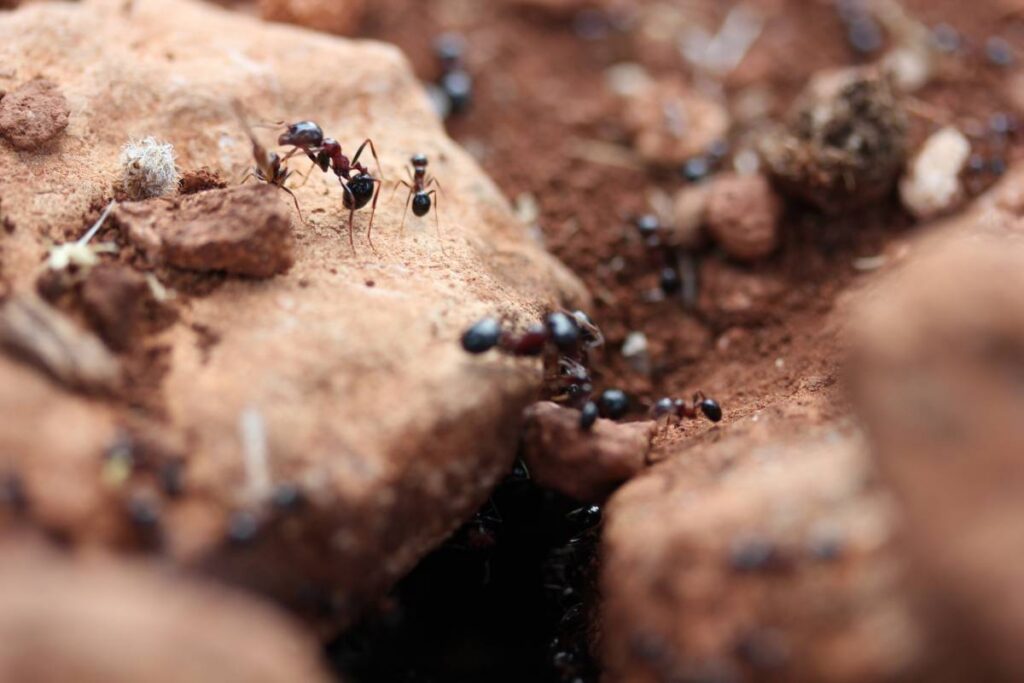
How to Get Rid of Ants in Your Lawn: A Complete Guide
